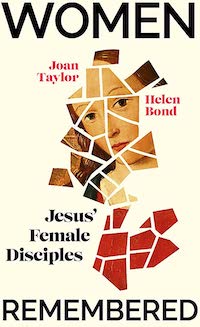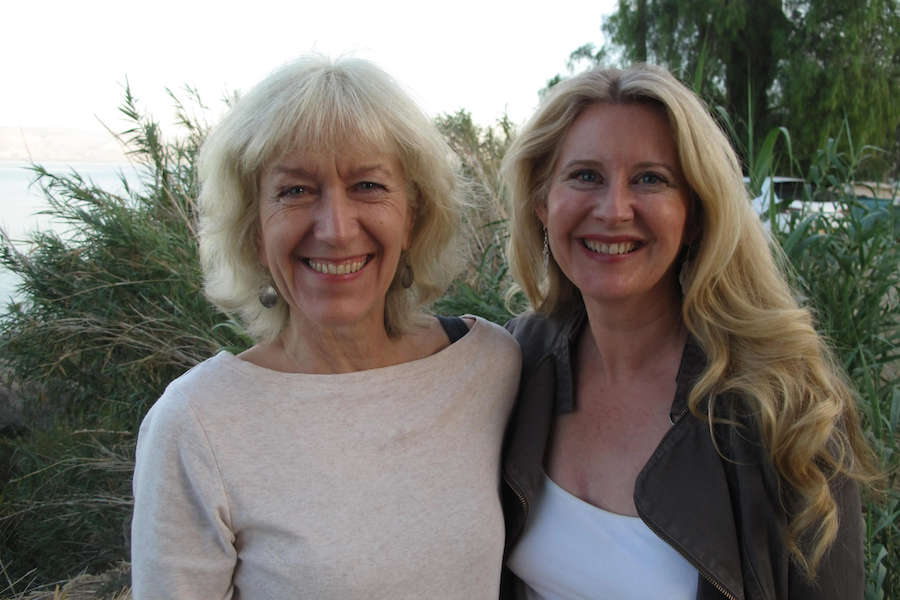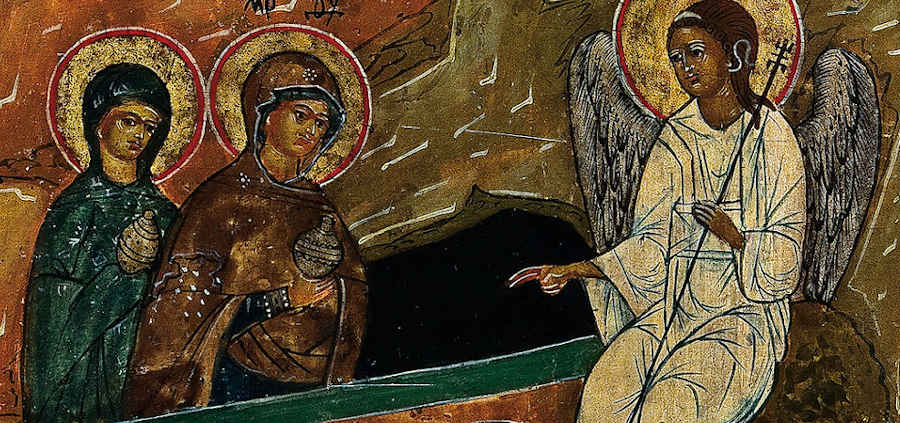Feminine Examples by Julie A. Ferraro

Women Remembered: Jesus’ Female Disciples
By Joan Taylor and Helen Bond
Hodder Faith, 2023 (US Release)
$21.99 224 pp.
“Where are the women?”
This first line of the introduction to this volume says a mouthful, and is—in many ways—an indictment of how females have been handled by the church and society for more than two millennia.
What Joan Taylor and Helen Bond succeed in doing on these pages, in a rather compelling fashion, is bringing to light the truth about key figures in the life and ministry of Jesus: Joanna, Mary and Martha, Tabitha, Phoebe, and many others.
The text is inspired by their 2018 Minerva Media documentary Jesus’ Female Disciples: The New Evidence, which ran in Britain as part of the Secret History series on Channel 4 and is available on various streaming services. Taylor and Bond dig deep—often literally—into history that men later buried to create an all-male hierarchy for the Catholic Church.
Perhaps this fate of the women—who, like the men, left their homes to follow Jesus, often funding his day-to-day life and travels—was to be expected. Taylor and Bond begin with a look at how women were treated in Jesus’s time. “Throughout the Roman Empire (Judaea as much as anywhere else), society in both cities and villages was organised around the rule of males, a method of organisation that was replicated in the smallest social unit of all, the household,” they write.
Men held sway in courtrooms, schools, and political assemblies, the authors relate. In the case of Jewish men, they could have multiple wives, but a woman could only have one husband. Facts such as these are offset throughout the text in boxes, like sidebars to an article in a newspaper or magazine.
What is clear is that Jesus’s attitudes ran counter to the culture of the day. “The whole notion of ‘ministry’ or ‘service,’ the usual preserve of women and slaves, was totally turned around by Jesus,” the authors write, adding, “So when the women who followed Jesus in Galilee are said to ‘minister,’ ‘provide for’ or ‘serve’ him . . . we need to imagine a wide range of activities they could have been doing, furthering the service of Jesus himself.”
While Taylor and Bond credit Luke for bringing women into the picture early in his gospel narrative, it was troubling to this reviewer that the likes of Mary Magdalene, Joanna (who frequented the court of Herod Antipas), and Susanna are described at one point as “certain women who had been cured of evil spirits and infirmities.” The authors contend, via additional research, that these women enjoyed a relationship with Jesus equal to that of the Twelve Apostles, but the language of that passage has the effect of denigrating their standing. A decent amount of the additional research is based in the writings of historian Flavius Josephus, born soon after the Crucifixion.

Authors Joan Taylor (L) and Helen Bond
Taylor is Professor of Christian Origins and Second Temple Judaism at King’s College London and the author of Christians and the Holy Places (1993) and What Did Jesus Look Like? (2018). She is also editor of multiple biblically related compilations.
Bond is Professor of Christian Origins and Head of the School of Divinity at the University of Edinburgh and is the author of Jesus: A Very Brief History (2017) and The Historical Jesus: A Guide for the Perplexed (2012), along with other books.
These well-educated women have written a book that is quite readable, without the burden of excessive footnotes or academic jargon. They also make it clear that the men who decided how the church should operate in those early centuries after Jesus’s death and resurrection chose to disregard the beauty and virtue of feminine examples of generosity, kindness, and perseverance which could have massively influenced believers and led the history of the institution is an entirely different direction.
Those who read this book will come away convinced the church was meant to promote equality not only between peoples of differing cultures, but also between genders, allowing all to serve and share God’s love with the world. ♦
Julie A. Ferraro has been a journalist for over 30 years, covering diverse beats for secular newspapers as well as writing for many Catholic publications. A mother and grandmother, she currently lives in Idaho. Her column, “God ‘n Life,” appears regularly in Today’s American Catholic.





Leave a Reply
Want to join the discussion?Feel free to contribute!